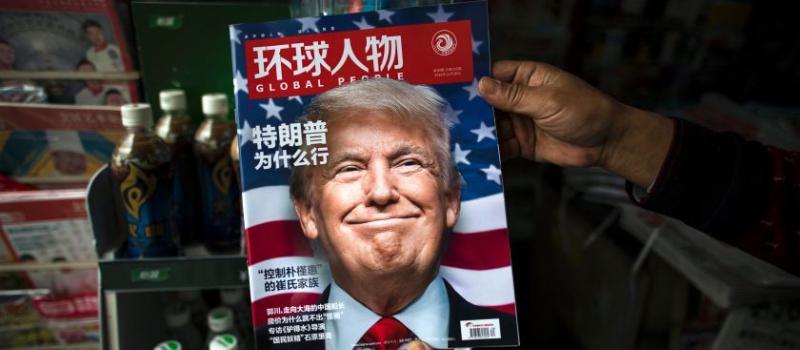Trumpism and the Global Economy
posted by Karim Pakravan on December 13, 2016 - 12:46pm

In contrast to President Obama, who came to power in an unprecedented global financial crisis and with an economy close to collapse, President-elect Trump is a lucky man. He inherits an economy in its seventh year of expansion, with a stock market which has tripled in value since the dark days of 2009. Over eight million jobs have been created since the trough of the 2009-2010 Great Recession, unemployment has dropped by more than half, wages are rising and the budget deficit has shrunk to under 3%. At the same time, the global economy, which seemed in a precarious position a few months ago, has stabilized. Finally, the U.S economy shows signs of perking up, with economic growth climbing out of its recent 2.0% growth rut. The most immediate elements of Trumps economic program are likely to provide further stimulus in the next few quarters to an already strong economy, growing at close to potential, at the expense of fiscal rectitude.
However, despite a recent stabilization, the global economy remains fragile and vulnerable to shocks, and the Trump factor could introduce major new risks, as well as amplify existing ones. These risks to the global economy could backfire on the U.S. economic performance. At this stage, we can identify four sets of risks: the impact of a President Trump’s aggressive nationalism; another down cycle on emerging market currencies, with the potential for another round of currency wars; undermining the global financial architecture; and unresolved sovereign debt and banking problems in the Eurozone. I will focus on the first two risk factors.
We have seen a sharp slowdown in global trade in the past few years. Ove the past few decades, global trade had expanded at a faster pace than global output (an annual average of 6.1% vs 3.5%for GDP over 1980-2007). However, following the Great Recession, global trade volume growth has declined sharply, (an annual average of 3.6% vs. 3.4% for GDP over 2011-2016), actually falling below GDP growth in 2015-16. While there are some structural elements in play, trade still plays a major role in global economic growth. Trade “unfairness” was a major part of candidate Trump’s message, and we should take him at his word. A Trump presidency raises the specter of major trade tensions at the very least, and a trade war at the worse, with a significant negative feedback loop effects on U.S corporations.
The second downside risk comes on the currency front. The immediate impact of the Trump victory has been a dollar surge and a sharp steepening of the yield curve. U.S inflation had been steadily rising in the past few months, getting close to the 2% Fed target. However, the prospects of a sharp rise in the U.S deficits has led to a steepening of the yield curve. In combination with the expected divergence in monetary policies of the major central banks, this has increased tensions in an already nervous currency market. In particular, emerging market currencies face the prospect of a lengthy period of weakness. Currency market turmoil could also worsen if President Trump accuses the Chinese of currency manipulation. Bottom line, be on the lookout for political risks.

